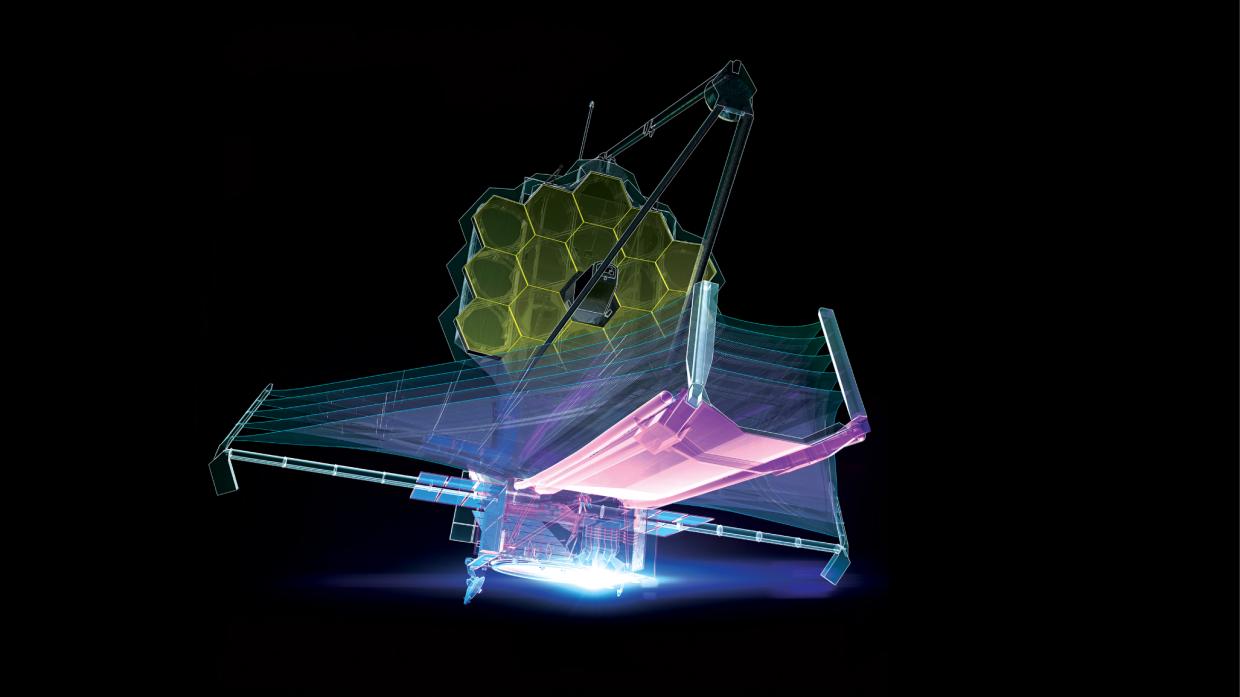NASA’s James Webb Space Observatory (JWST) of the new generation observed a moving asteroid for the first time on the eve of the start of the commissioning period. Successful tracking of a nearby object shows that JWST can monitor both objects of the Solar System, and distant galaxies, stars and other distant objects that it will observe during its at least 20-year service life.

The asteroid chosen for observation was Tenzing 6841. This is an object from the main belt, named after Tenzing Norgay, a Tibetan mountaineer and one of the first two famous people who conquered Mount Everest together with Edmund Hillary. Coincidentally, the observations of James Webb were carried out just a few days before the 69th anniversary of the conquest of the peak on May 29, 1953.
The team specifically chose the asteroid in such a way that its name was associated with success, which was not achieved easily. So a list of 40 names was compiled, among which we stopped at Tenzing 6841.
Plans for the first year of observations by James Webb
According to NASA, James Webb faces several additional challenges when tracking moving targets. Because to track asteroids, the telescope needs to switch between a colder and a hotter position, which can affect the fine alignment of mirrors and instruments.
Observing the asteroid will help science to better consider the planets Uranus and Neptune, which were captured by only one NASA Voyager-2 spacecraft. Other planned scientific goals in the Solar System include Saturn’s rings, the atmosphere of its moon Titan, observations of several icy objects in the Kuiper Belt and sporadic plumes emanating from the icy moon Europa.
James Webb is expected to be commissioned in June. In the first year, about 7% of scientific observations will be devoted to the Solar System.
Earlier, an asteroid the size of two Kyiv TV towers flew past the Earth.
According to Mashable
Follow us on Twitter to get the most interesting space news in time
https://twitter.com/ust_magazine

